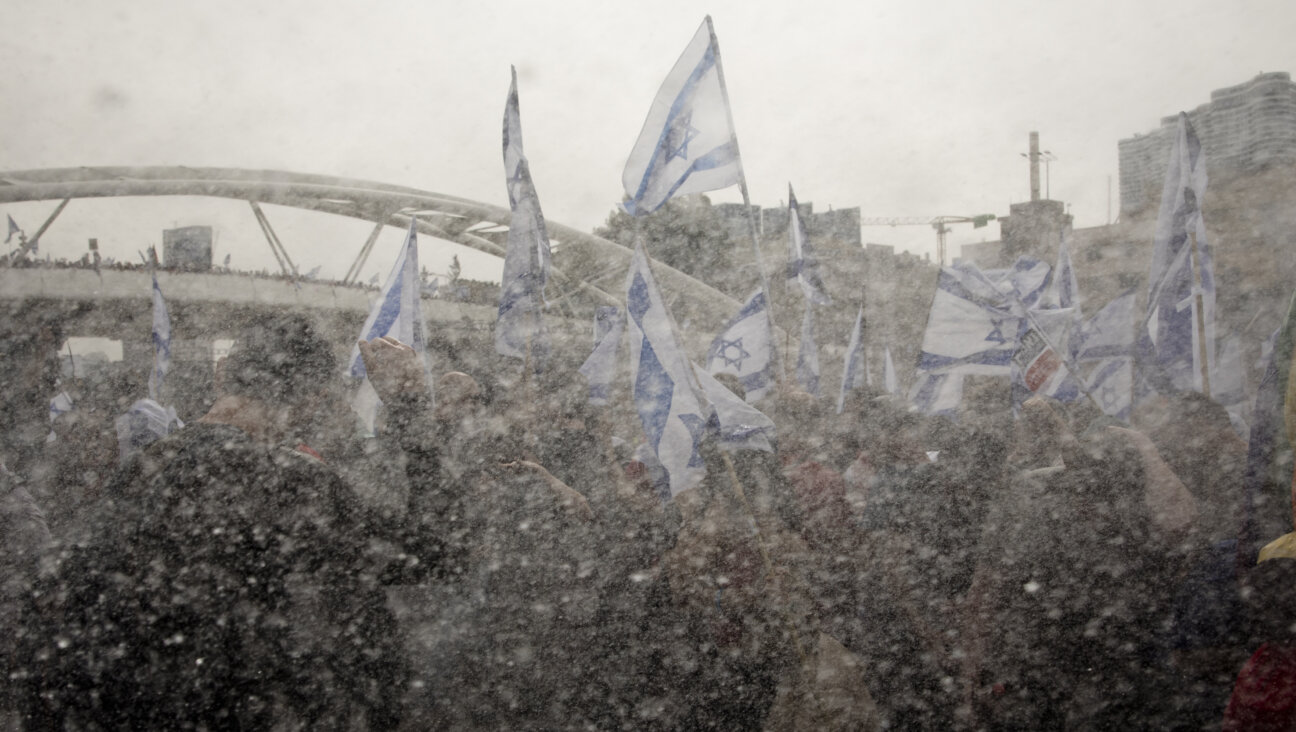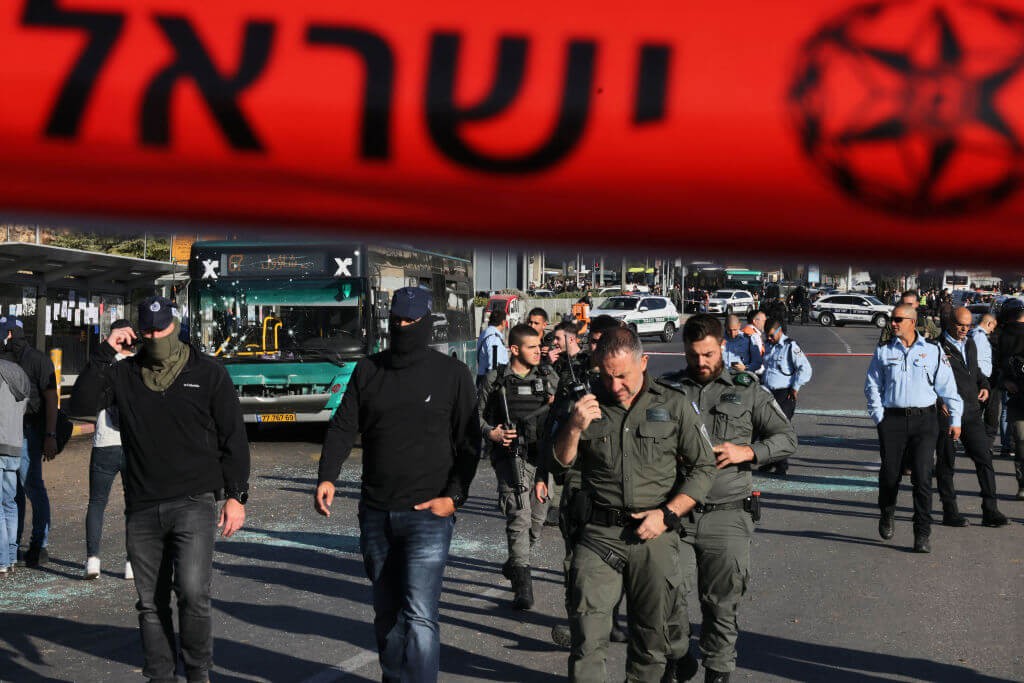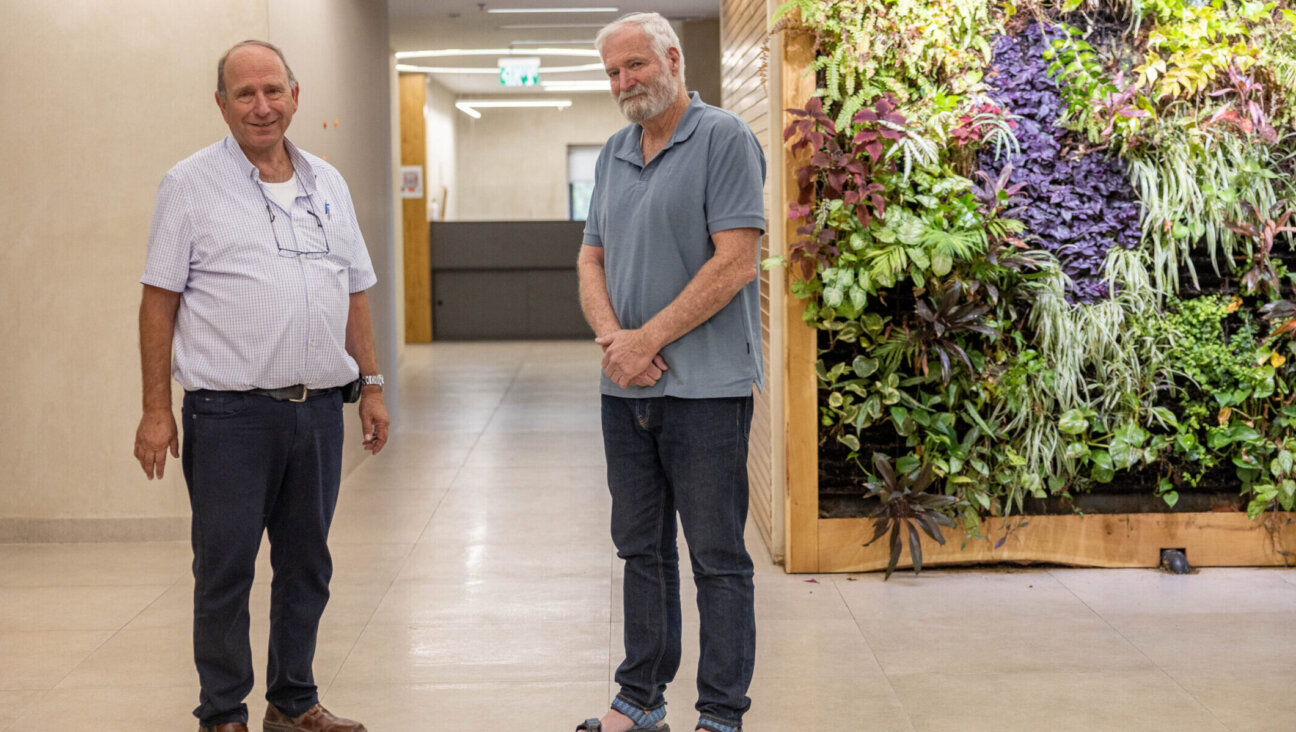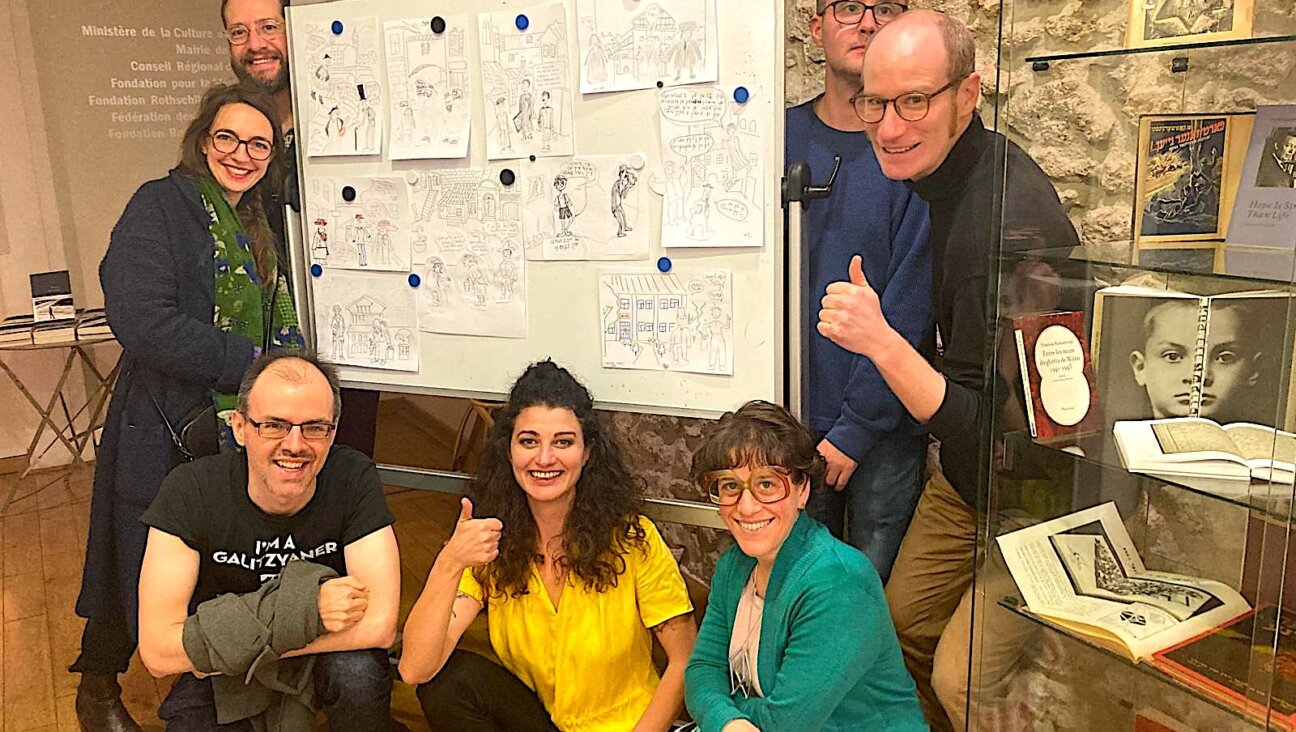Transforming Tragedies Into Memorable Memorials
One of the defining characteristics of Michael Arad’s winning design for the World Trade Center memorial is the empty space in the concave footprints of the twin towers, symbols used to conjure up memories of what was destroyed and cannot be replaced.
The 34-year-old Israeli’s concept is reminiscent of two other recent memorials, both designed by Jews and both intended to memorialize the Holocaust: the Holocaust memorial in Berlin designed by Peter Eisenman and the Jewish Museum Berlin designed by Daniel Libeskind, who also designed the larger World Trade Center site.
While all three architects share a similar design sensibility as well as ethnic background, the most influential tie that binds together the three projects has gone unnoticed: James E. Young, a 52-year old professor of English and Judaic studies at the University of Massachusetts Amherst.
Young, who himself is Jewish, was on the 13-member jury that chose Arad’s design. Before that he was one of five people — and the only American or Jew — on the jury that picked Eisenman’s memorial for the German government. In between, Young wrote the defining history and critique of Libeskind’s museum, in his book “At Memory’s Edge: After-Images of the Holocaust in Contemporary Art and Architecture” (Yale University Press, 2000).
As in the Berlin competition for which Eisenman’s design was chosen, Young is said by insiders to have been one of the more influential members of the New York committee that chose Arad’s design.
In addition to helping select the Berlin design, Young also made an impassioned plea for the memorial in front of the German parliament, and he has already begun a defense of the controversial design chosen by the New York jury.
“Once people see the full realizations, with the plazas and the voids,” Young said during a phone conversation while driving to New York for the unveiling of Arad’s final design, “they will understand how great it is.”
Young’s deep involvement in architecture is somewhat surprising, given that all of his early studies were in Holocaust literature. But while conducting research for his dissertation at Hebrew University in Jerusalem — where he spent three years in the early 1980s — Young said: “I let my eye promiscuously go outside, and I started thinking about memorials. Nobody stopped me, so I just kept going.”
Since then, he not only has been instrumental in choosing the designs for famous memorials, he also has helped to inspire them. Before Eisenman’s or Libeskind’s work with negatives spaces began in Berlin, Young penned a foundational work in 1993 titled “The Texture of Memory: Holocaust Memorials and Meaning” (Yale University Press), in which he discussed the importance of voids and negative spaces in older Holocaust memorials. Some of these “countermonuments,” as he termed them, involved statues buried underground or a set of empty bookshelves sealed under a Berlin plaza.
Young refuses to see himself as having any part in the now-broad use of negative spaces to represent tragedy, but he acknowledges that both Arad and Libeskind are “quite conversant in the discourse around voids.” And Young said he was drawn to Arad’s design because the empty space in the place of twin towers responded to the need to “reflect absence without filling it in.”
In an editorial in the New York Daily News, columnist Zev Chafets offered a simple explanation for Arad’s ability to create a stirring memorial. “Israelis understand how to commemorate mass murder the way Eskimos know how to deal with snowstorms,” wrote Chafets. “They are experts the hard way.”
But Young disagrees. “Sure, Jewish tradition has a great reservoir of catastrophe and destruction built up from trying to express ourselves,” he said. “But I can’t say that we have the vocabulary better than anyone else.” The only influence of Jewish history that Young recognizes is the one that affected all of western art, and not the process of memorializing in particular. “The approach to representation and forms changed after the Holocaust,” he said. “Architecture itself has been inflected by the experience of the Jews.”
Moreover, Young does not view the use of negative space as anything unique to Jewish culture. The first monument to effectively use a void, in Young’s mind, was the Vietnam Veteran’s Memorial designed by Maya Lin with black granite walls recessed into the earth of the Washington Mall. Lin also was on the World Trade Center memorial jury. Since then, the concept has been used in a number of non-Holocaust memorial projects, including the empty chairs at the site of the Oklahoma City bombing.
Young is particularly dismissive of the notion that Arad may have been predisposed to using voids because he is an Israeli. “Jewish designers that have used voids have primarily been German,” he explained. “The traditional Israeli monument was really about redemption — the ultimate redemption being Israel itself.”
Interestingly, many of the critics of Arad’s design have criticized the barren severity of the plaza area above the footprints, which in Arad’s first images, had only a few, sparsely scattered trees — a critique that ironically is in keeping with Young’s own ideas from early in the process. While Young believed that voids worked by themselves in German memorials, he said that in a “victim-nation” like the United States — unlike Germany — “you want to balance absence with the regenerated life.” In an editorial in New York Newsday he wrote before joining the jury, he argued for a more hopeful and redemptive design, and even proposed a “memorial grove of white-blossoming trees.”
Even Young’s shift away from his own favored concept appears to have been influential in the end. After Arad’s initial design was chosen, the jury pushed him to put a dense forest around the footprints in his final design, which Arad completed with the help of landscape architect Peter Walker.
This use of established symbols like trees and voids, though, has drawn another set of critics, including architectural commentators like Philip Nobel, who is writing an upcoming book on the development of the site. “Because of the haste of the development after September 11, there has not been time to develop a new and unique way of memorializing this tragedy,” Nobel said in an interview with the Forward. “We have not had time to learn what September 11 means, and so we are just using old ideas.”
Young says that from the beginning, he agreed that the process should not be rushed — because, as he put it, “there’s no memory yet”— but he saw the competition that chose Arad’s design from 5,201 others as a vital element in the first steps toward generating those memories. All those ideas, Young believes, were themselves a vital part of the memorial process.
From his earliest written works, Young has emphasized the importance of process over result, and “the ever changing life of the monument over its seemingly frozen face of the landscape,” as he put it in “The Texture of Memory.” But he recognizes that with the unveiling of the final design — trees and void and all — the major conceptual elements will be set.
“In the end, the memorial has to make its own case,” Young said. “I think this one will be realized and embraced.”
A message from our CEO & publisher Rachel Fishman Feddersen

I hope you appreciated this article. Before you go, I’d like to ask you to please support the Forward’s award-winning, nonprofit journalism during this critical time.
We’ve set a goal to raise $260,000 by December 31. That’s an ambitious goal, but one that will give us the resources we need to invest in the high quality news, opinion, analysis and cultural coverage that isn’t available anywhere else.
If you feel inspired to make an impact, now is the time to give something back. Join us as a member at your most generous level.
— Rachel Fishman Feddersen, Publisher and CEO























